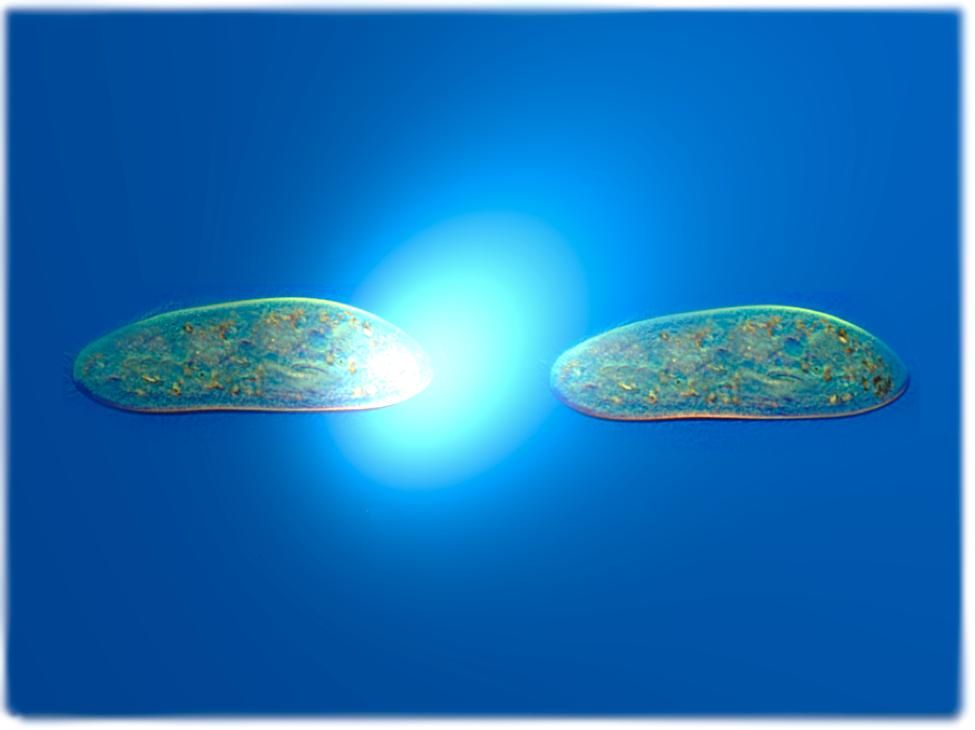
Biophotonics Lab
Light emitted from cells is a universal and intrinsic phenomenon, which despite its low Intensity is an essential principles of biological evolution.
Cell growth, the cancer problem, even the most urgent questions of drug discovery and research challenges in the field of nutritional science, environmental research and the nature of disease suddenly attain a simple and straight-forward solution.
Concept: Detection via a highly sensitive detector system developed as part of an EU project.
– Compact design allows mobile use even outside the laboratory.
– Customized peripherals allow induced as well as self-emission mode.
– Measuring range window in full range UV-VIS-nIR (170-850 nm) or narrow-range via the use by bandpass filters.
– The concept resulted in a 1st Prize of the Annual General Meeting of IV-Salzburg (2010/11). Areas of application:
– Detection of cell- / organismic vitality in the induced measuring mode.
– Distinguishing between optimal and pathogenic metabolic states )both acute as well as chronic processes).
– Time series recording for real-time conclusions on physico-chemical stress responses.
– Signal oscillation during ontogenesis as a mirror of the current development stage.
– Emission fluctuations related to metabolism and its activity.
– Wavelength-specific assignment of the cell compartments and their emission source.
– As a bioindicator for pharmaceuticals as well as ecotoxicology and forensics.
– Food and quality assurance Basic theoretical background:
– Bio-communication based on purely biophysical mechanisms (non-chemical).
– Photochemical reaction cascade that involves ROS (quantum mechanics)
– Coherent structures in living matter based on quantum electrodynamics.
Please find more information here.





